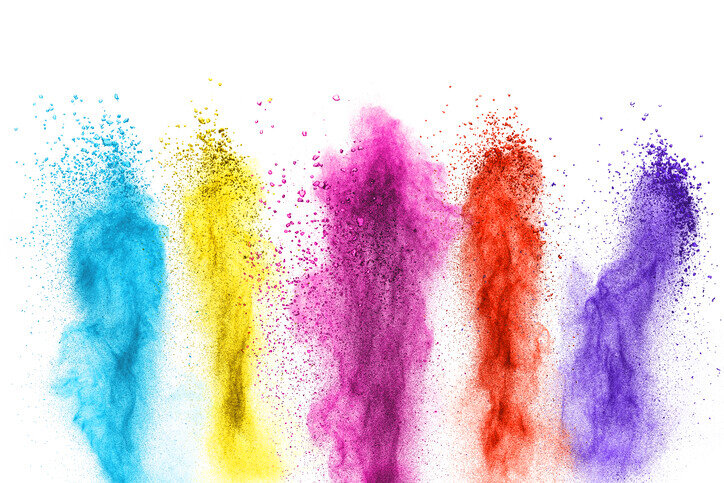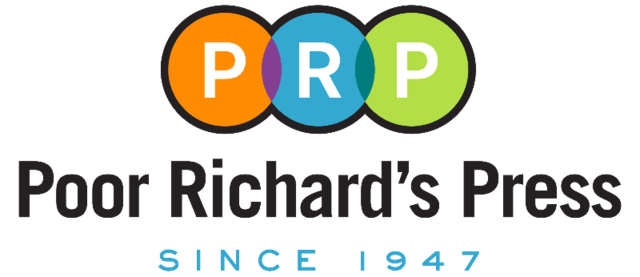Five Keys School has partnered with the Los Angeles Sheriff's Department to invest in individuals living on the margins so they can change their lives.
Offenders often exit criminal justice without a clear path or purpose to pursue a sustainable career. The Sheriff’s Department partnering with Five Keys Schools to provide at-risk youth with sustainable job skills for an opportunity with a great future.
Since the Sheriff’s Department had a large implant printing operation, they looked for a workforce development program that was industry-aligned and leveraged current digital imaging software technology. Five Keys turned to Xerox for its Xerox® Digital Career Pathway Program. The curriculum and instructor resources were developed by print education leader Intellective Solutions. Now Five Keys and the Los Angeles Sheriff’s Department is training students in the industry-required skills to work with digital production printing, and helping them find jobs with local businesses.
Tom Hood, Five Keys principal instructor of the Xerox Pathways course is passionate about providing students with the opportunity to succeed. A fifth-generation printer, Tom knows the satisfaction and career possibilities that employment within the graphic communications industry can give his students.
“Using the Xerox® Digital Career Pathways Program and working with their partner, Intellective Solutions, I paint a canvas of what the industry is about. At first, it’s difficult to convince a student of how high-tech the industry is. Once we take them through examples of how projects are created and produced, it becomes clear to them that they can have a long-term, sustainable career that pays well. Working with the curriculum and resources has been a tremendous help in building our outstanding program.”



























